For a dynasty that claimed the throne by right of conquest and a very tenuous blood claim, reinforcing the legitimacy of their claim was essential, …
The Beaufort Portcullis
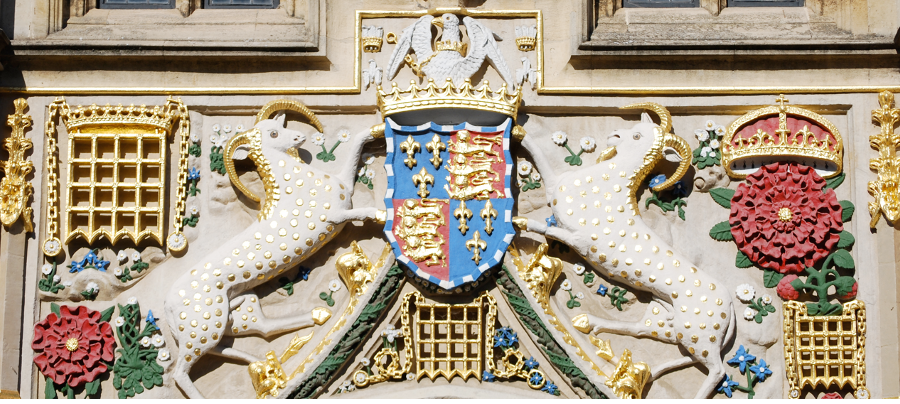
Tudor Treasures & Medieval Musings
WITH GRADUATE HISTORIAN JESSICA CAREY-BUNNING

For a dynasty that claimed the throne by right of conquest and a very tenuous blood claim, reinforcing the legitimacy of their claim was essential, …

Those of you who have been following me for a while know that one of my favourite histories of England is Jane Austen’s satirical prose …
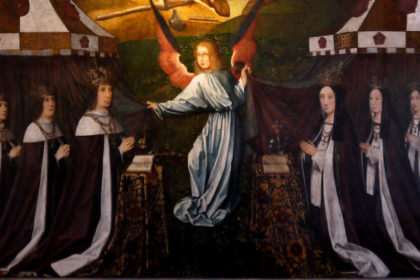
In the past, I’ve discussed the children of Henry VII and Elizabeth of York. Today, I wanted to talk a little about their names. Henry …
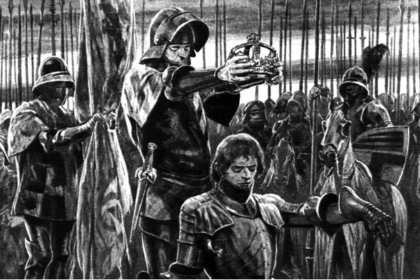
Henry VII’s claim to the throne of England was tenuous at best; he was descended from illicit unions on both sides of his family tree. …
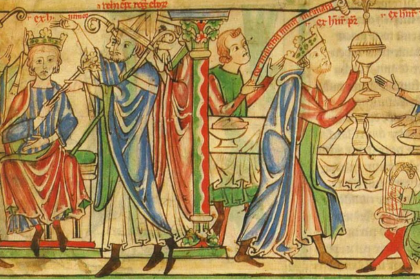
The coronation the world is going to witness on Saturday is very much a medieval ceremony, even as it has evolved and continues to evolve …

On the 21st April, 1509, Henry VII died. His death was kept a secret for two days whilst arrangements were quietly made; his health had …
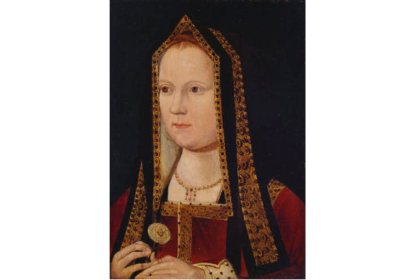
The 11th of February commemorates both Elizabeth of York’s birth in 1466, and tragic death in 1503. She is remembered as the daughter of Edward …

Henry VII and Elizabeth of York are well-known as the parents of Arthur, Margaret, Henry, and Mary. The lives of the latter three are particularly …
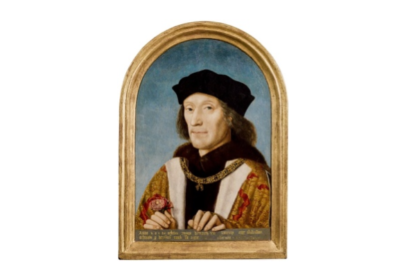
Henry VII was also worried about his daughter, Margaret Tudor, marrying James IV of Scotland too young; it was not just the concerns of his wife, Elizabeth of York, and mother, Margaret Beaufort, that made him hesitate and delay.

There are only two letters amongst the Paston collection which were written within a year of Richard III’s death and Henry VII’s victory at the Battle of Bosworth Field on the 22nd of August, 1485. The beginning of a new regime is acknowledged in both of these letters; in the sign-off, both authors state that they were written in the first year of Henry VII’s reign.